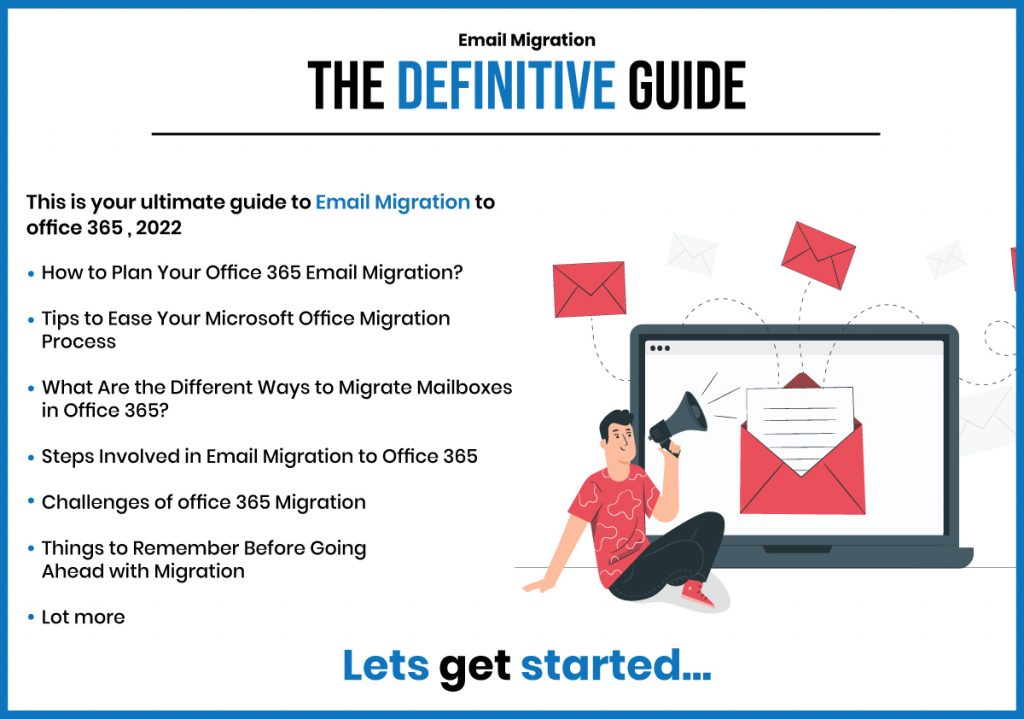
Office 365 has been around for a while now, and it’s become the go-to choice for business email.
Why? Because it’s reliable, easy to use, and makes collaboration easy.
So if you’re thinking about migrating from another service to Office 365, you may be wondering what the steps involved would be. We’ve put together a quick guide for you!
Office 365 email migration is the process of transferring email messages, contacts, and calendar items from one email platform to another. The process involves configuring the new email service and setting up all the necessary filters and rules in the existing system.
All you have to do is follow these simple steps and you will be able to migrate your email to Office 365 in no time.